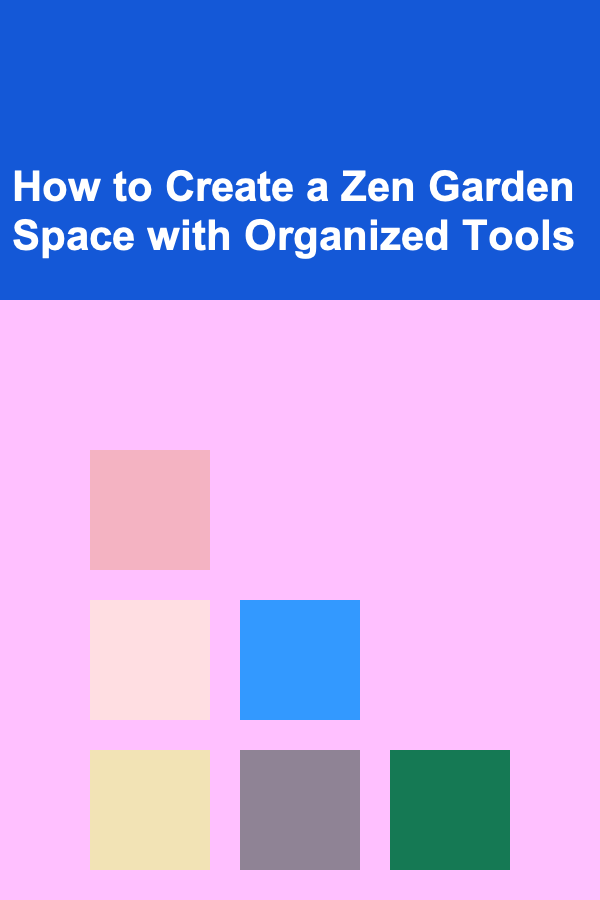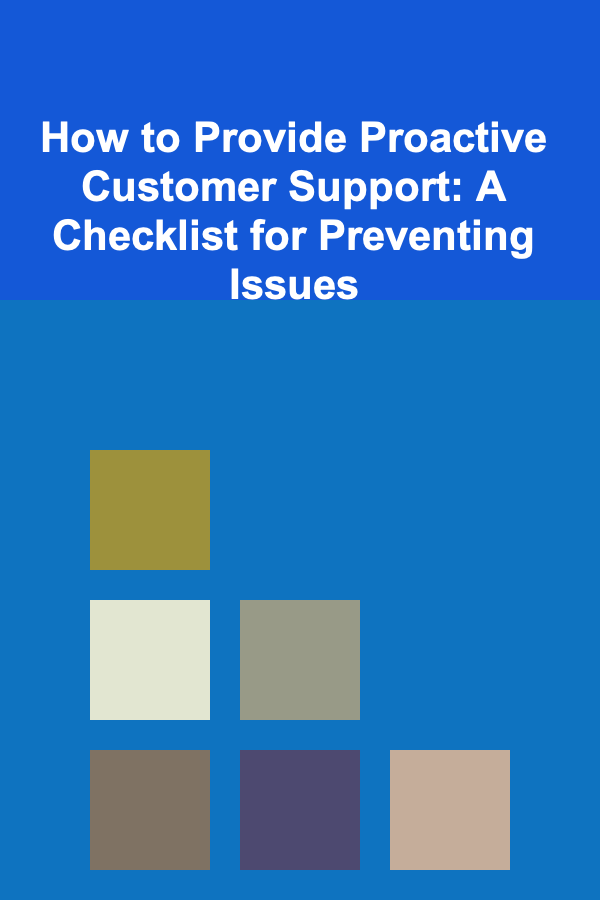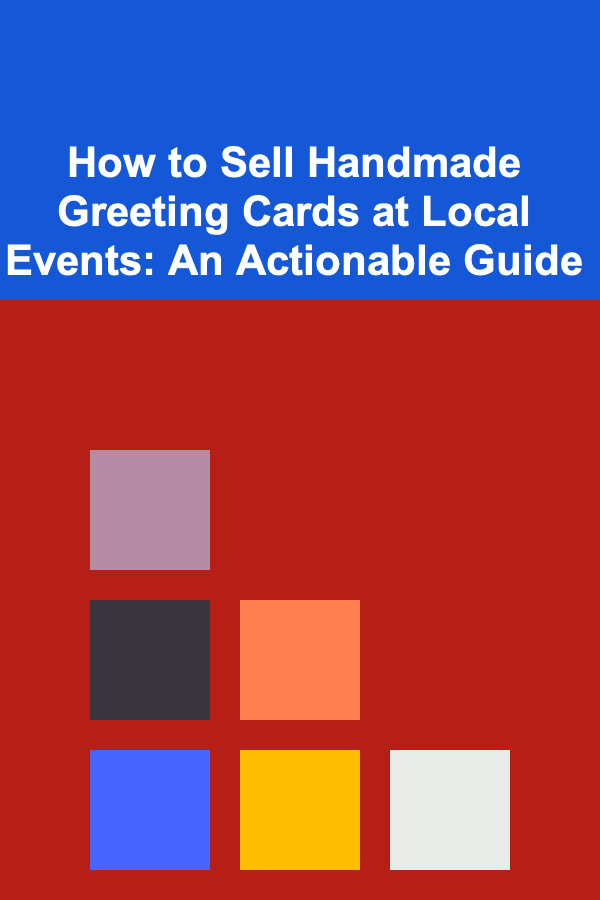
How To Start a Blog and Monetize It
ebook include PDF & Audio bundle (Micro Guide)
$12.99$9.99
Limited Time Offer! Order within the next:

In the digital age, blogging has evolved into one of the most powerful ways to express ideas, share knowledge, and generate income. Starting a blog and monetizing it has become a popular venture for many individuals, whether they want to create a side hustle, a full-time career, or just build an online presence. However, while starting a blog might seem like a simple task, successfully building and monetizing a blog requires strategic planning, patience, and dedication.
In this comprehensive guide, we will walk you through everything you need to know about starting a blog from scratch, growing it into a profitable venture, and leveraging different monetization methods to earn money. This article will cover everything from the technical setup of your blog to building a content strategy and exploring ways to turn your passion into a steady stream of income.
Setting the Foundation for Your Blog
Step 1: Define Your Purpose and Niche
Before diving into the technicalities of setting up a blog, the first and most crucial step is defining its purpose. Why do you want to start a blog? What topics are you passionate about, and which subjects can you consistently write about?
The key to success in blogging lies in carving out a niche. A niche is a specific area of interest that will form the backbone of your blog's content. It's tempting to try to cover a broad range of topics, but a more focused niche will help you attract a dedicated audience. Here are some questions to ask yourself as you define your niche:
- What are your hobbies, interests, or expertise?
- Who would benefit from the information you provide?
- Are there existing blogs in the same niche? How can you differentiate yourself?
Some popular blog niches include:
- Personal finance
- Health and wellness
- Technology and gadgets
- Food and recipes
- Parenting
- Travel
- Lifestyle and fashion
- Self-improvement
- Education and e-learning
Once you've identified your niche, it's important to ensure that there is an audience for it. Conduct research to assess the demand for your chosen topic and check if there are already well-established blogs or websites in your niche. An under-served niche might offer an opportunity for success by attracting a loyal following.
Step 2: Choose a Blogging Platform
The next step is selecting a blogging platform that aligns with your technical skill level and long-term goals. There are numerous platforms available, but the two most popular choices are WordPress and Blogger. Let's look at the benefits of each:
- WordPress : It's the most widely used blogging platform due to its flexibility and extensive customization options. WordPress.org (self-hosted WordPress) allows you to have full control over your blog and its monetization options. You can use plugins, themes, and even create an online store. WordPress is ideal for bloggers who want to scale and monetize their site in the future.
- Blogger: A free platform owned by Google, Blogger is more beginner-friendly. It's a good option for bloggers who are just starting out and want a simple solution. However, it has limitations when it comes to customization and monetization compared to WordPress.
While WordPress offers more control, Blogger is more suitable for newcomers. As your blog grows, you might find it necessary to switch to WordPress for better monetization opportunities.
Step 3: Get Web Hosting and a Domain Name
If you decide to use WordPress.org, you'll need web hosting and a domain name. Hosting is the service that stores your website files and makes them accessible on the internet, while a domain name is your blog's address (e.g., www.yourblog.com).
For web hosting, there are several reputable companies that offer affordable plans, including:
- Bluehost
- SiteGround
- HostGator
Bluehost is particularly popular because it offers an easy WordPress installation process and includes a free domain for the first year. Once you've signed up for hosting, you'll choose a domain name. Try to keep it short, memorable, and relevant to your niche.
Building Your Blog
Step 4: Install WordPress and Choose a Theme
Once you've set up hosting and purchased a domain, you'll install WordPress. Most hosting providers offer one-click WordPress installations, so this process is usually straightforward.
After WordPress is installed, you'll need to choose a theme for your blog. A theme determines the look and layout of your website. There are thousands of free and premium themes available. Choose one that aligns with your niche and provides a user-friendly experience for visitors.
When selecting a theme, consider the following:
- Mobile responsiveness: Your blog should be easy to navigate on mobile devices.
- Customization options: Look for a theme that allows you to tweak colors, fonts, and layout.
- Speed: A slow-loading site can frustrate users and hurt your search engine ranking.
- SEO optimization: Some themes are designed to be SEO-friendly, which can help you rank higher in search results.
Step 5: Create Essential Pages
Now that your theme is set up, it's time to create essential pages for your blog. At a minimum, you should include the following:
- About Page: This page introduces you and your blog. Share your story and explain why readers should follow your blog.
- Contact Page: Provide an easy way for readers or potential collaborators to contact you.
- Privacy Policy and Terms of Service: These are legal requirements if you plan to monetize your blog.
Step 6: Create High-Quality Content
Content is the heart and soul of any blog. The quality of your content will determine whether visitors return to your site and whether your blog gains traction in search engine results.
To create engaging, high-quality content:
- Write for your audience: Understand their pain points and interests, and create content that addresses them.
- Be consistent: Regular posting helps establish authority and keeps readers engaged.
- Use engaging headlines: Craft compelling headlines that spark curiosity and draw readers in.
- Incorporate visuals: Use images, infographics, and videos to make your posts more engaging.
Step 7: Promote Your Blog
Once you've published several blog posts, it's time to promote your content. Promoting your blog is essential for driving traffic and gaining exposure. Here are some promotion strategies:
- Social Media: Share your blog posts on social media platforms like Facebook, Twitter, Pinterest, and Instagram.
- Email Marketing: Build an email list to send updates, newsletters, and new blog post notifications to your subscribers.
- Guest Blogging: Write guest posts for other blogs in your niche and include links to your own blog.
- SEO (Search Engine Optimization): Optimize your blog posts for search engines to increase organic traffic. This involves using relevant keywords, optimizing images, and improving the loading speed of your site.
Monetizing Your Blog
Step 8: Affiliate Marketing
One of the most popular ways to monetize a blog is through affiliate marketing. This involves promoting products or services from other companies and earning a commission for every sale made through your referral link. There are various affiliate programs available, including:
- Amazon Associates: A popular affiliate program that allows you to promote a wide range of products.
- ShareASale: A network with thousands of merchants in various niches.
- CJ Affiliate: Another popular affiliate network with a variety of brands and products.
To succeed with affiliate marketing, it's important to only promote products that align with your audience's interests and needs. Provide honest reviews and recommendations, and ensure your affiliate links are clearly disclosed.
Step 9: Display Ads
Another common way to make money from a blog is through display ads. Networks like Google AdSense place ads on your blog, and you earn money based on clicks or impressions. This is a passive income source that doesn't require much effort once it's set up.
However, the revenue from display ads can be relatively low unless you have significant traffic to your blog. The key to success with ads is attracting a large audience and creating content that generates consistent traffic.
Step 10: Sponsored Posts
Sponsored posts are articles written by companies or individuals who pay you to promote their products or services. Companies are always looking for bloggers to create content that highlights their brand in an authentic way. Sponsored posts can provide a steady stream of income, especially if your blog has built a reputable presence in your niche.
When working with sponsors, be transparent with your audience and disclose sponsored content. Ensure that sponsored posts align with your blog's niche and resonate with your readers.
Step 11: Sell Your Own Products or Services
Selling your own products or services is another powerful monetization strategy. Depending on your niche, you could sell:
- E-books: Write and sell e-books on topics related to your blog.
- Online Courses: Create and sell online courses that teach your audience valuable skills.
- Merchandise: If your blog has a strong brand, you can sell merchandise such as t-shirts, mugs, or other branded items.
- Consulting or Coaching: Offer personalized coaching or consulting services based on your expertise.
Selling your own products gives you complete control over pricing and revenue. It also allows you to build a deeper connection with your audience by offering value-added solutions.
Step 12: Offer Memberships or Subscriptions
If you have a loyal following, consider offering memberships or subscription-based content. You can create a membership site where users pay for premium content or access to exclusive resources, tools, or support.
Platforms like Patreon make it easy for creators to monetize their content by offering membership plans and rewards to subscribers.
Step 13: Build an Email List
One of the most powerful tools for monetizing your blog is building an email list. By offering incentives like free e-books, checklists, or guides, you can entice visitors to subscribe to your blog. Once you have a solid email list, you can promote affiliate products, your own products, or send paid newsletters to your subscribers.
Conclusion
Starting a blog and monetizing it is a journey that requires time, effort, and consistency. By focusing on creating high-quality content, building an audience, and leveraging various monetization strategies such as affiliate marketing, sponsored posts, and selling your own products, you can transform your blog into a profitable online business. Remember, success won't happen overnight, but with patience and perseverance, you can turn your blog into a sustainable source of income.

How to Create a Zen Garden Space with Organized Tools
Read More
How to Provide Proactive Customer Support: A Checklist for Preventing Issues
Read More
How to Sell Handmade Greeting Cards at Local Events: An Actionable Guide
Read More
How to Store Books and Magazines in a Stylish Way
Read More
10 Tips for PCB Layout Optimization in High-Speed Circuits
Read More
10 Tips for Building a Home Recording Studio on a Budget
Read MoreOther Products

How to Create a Zen Garden Space with Organized Tools
Read More
How to Provide Proactive Customer Support: A Checklist for Preventing Issues
Read More
How to Sell Handmade Greeting Cards at Local Events: An Actionable Guide
Read More
How to Store Books and Magazines in a Stylish Way
Read More
10 Tips for PCB Layout Optimization in High-Speed Circuits
Read More